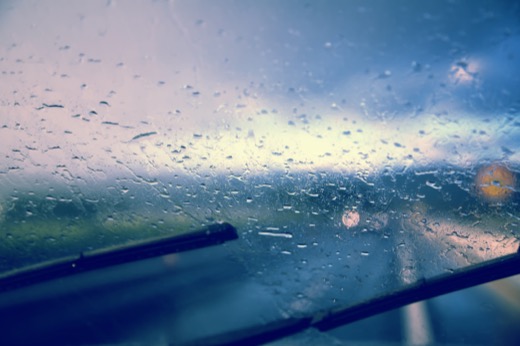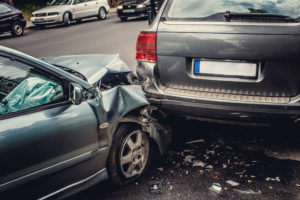Even during perfect conditions, driving is inherently dangerous. Due to millions of drivers talking and texting on cell phones, not looking at the road while using GPS systems, driving while drunk, driving while fatigued, and attempting to drive with cars full of rambunctious children, there are millions of injuries and thousands of fatalities every year. The Centers for Disease and Control and Prevention (CDC) reports 2.3 million injuries annually. Untold numbers of injuries and deaths could be avoided if people drove with more awareness and care, especially during poor weather driving conditions. These conditions include, rain, hail, ice, snow, sleet, fog, and high winds.
Inclement Weather Accounts for 22 Percent of Auto Crashes
According to the Federal Highway Administration, there are well over 5.5 million motor vehicle crashes every year. Of those, 22 percent (or over 1.2 million) are weather related. Rain accounts for 47 percent of weather related fatalities, snow and sleet account for 13 percent, icy pavement accounts for 10 percent, snowy/slushy pavement accounts for 10 percent, and fog accounts for nine percent. Overall, wet pavement makes up 77 percent of all weather related fatalities. With Cincinnati receiving over 42 inches of precipitation annually, the roads are quite often saturated.
Driving on Wet Roads After a Dry Spell
The most dangerous time to drive is within the first 24 hours of rainfall following an extended dry spell. During times of sun and dry weather, oil and other debris accumulate on the roads. When rain begins to fall, the oil rises to the surface and creates incredibly slick roads. It is important to take extra precautions during the first few hours of rainfall after it has been dry.
Recovering from a Hydroplane
If you have experienced the momentary lack of control over your vehicle during a hydroplane, you have first hand knowledge that it can be a terrifying experience. Hydroplanes occur when there is free standing water on the roads and the car’s wheels rise above on top of the water like the skis of a water skier. Hydroplaning typically occurs at high speed on highways or freeways that are heavily wheel-rutted from use. It is important to stay calm during a hydroplane and to avoid stomping on the brake pedal. Instead, steer in the direction that the car is moving to realign the wheels with the car’s trajectory (this may seem counterintuitive). Next, wait for the wheels to regain traction with the road, then apply the brakes steadily if necessary. Many hydroplanes only last for a quarter second and are over with before the driver even has time to react. Remember that staying calm is key in any emergency situation so that you can make rational, safe decisions.
Tips for Driving Safely in Poor Weather
- Drive slower than you would in good conditions;
- Plan for longer commute times due to the slower conditions;
- Allow more space between your vehicle and the vehicle in front of you;
- Use headlights;
- Use turn signals;
- When changing lanes, do so more slowly so others can have time to react;
- Keep your tires in good condition (rotate them regularly and ensure there is plenty of tread left); and
- Do not use cruise control.
Driving in poor weather conditions is dangerous even when precautions are taken. If you or a loved one were injured during a weather-related car accident, it is still likely that someone’s negligence led to the collision. That party may owe you compensation. Contact the Cincinnati law office of Ohio Car Accident Lawyers today to discuss your case with an experienced car accident attorney today.





